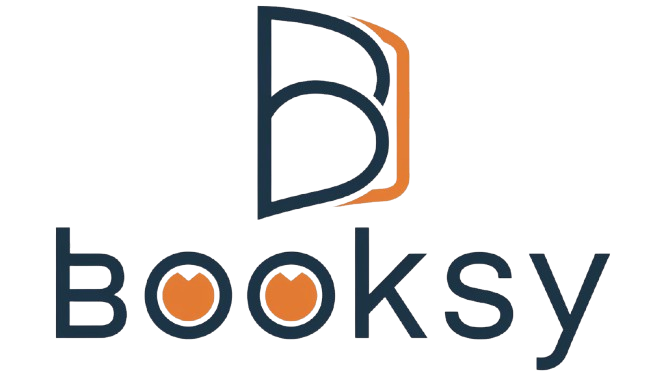how to self publish a book
For authors who wish to maintain complete control over their work and steer clear of the hassles of traditional publication, self-publishing has grown in popularity. It is now simpler for authors to publish their works both online and in print because to the growth of platforms like Amazon Kindle Direct Publishing (KDP), IngramSpark, and others. However, uploading a manuscript is only one aspect of self-publishing. To succeed in a cutthroat market, authors must manage the editing, formatting, design, and marketing processes for their publications.
Getting your book ready is the first step in self-publishing. This entails carefully proofreading your work to make sure it is flawless and error-free. Since a well-edited book is essential to preserving credibility, many authors decide to enlist the assistance of professional editors in this process. You have two options: use editing software like Grammarly or collaborate with a professional editor. Formatting your book comes next after editing. Correctly organizing the content for the platform you are using is known as formatting. While print books must adhere to the rules established by the print-on-demand service of your choice, e-books must be formatted to be compatible with electronic readers.
Creating an eye-catching book cover is the next step after formatting the manuscript. Since the cover is the first thing readers will see, it is one of the most crucial components of your book’s success. To ensure that the cover is unique, authors can either engage a professional graphic designer or produce their own using Canva or other design tools. In addition to following the platform’s requirements for size and resolution, the cover should represent the genre and tone of your book. This step is worthwhile because a visually appealing cover can greatly increase sales.
Selecting a distribution platform is the next step after resolving the technical issues. Amazon’s Kindle Direct Publishing (KDP) is one of the most popular options, allowing authors to publish e-books and paperbacks for free and distribute them to a global audience. Different distribution possibilities, including as reaching libraries and bookstores, are provided by other sites like IngramSpark, Draft2Digital, and Smashwords. Reading the platform’s terms and conditions is crucial to making sure you comprehend its marketing tools, distribution costs, and royalty rates.
Marketing is the last and continuous stage of self-publishing. Self-published writers are in charge of marketing their books, which may entail a mix of paid advertisements, author websites, social media promotion, and review collection. Building a devoted following can be facilitated by interacting with readers through blogs, virtual events, or book signings. While marketing can be time-consuming, the success of a self-published book often depends on how effectively the author can promote it.
In conclusion, self-publishing a book is a rewarding yet challenging process that requires careful planning, professional execution, and consistent effort. Authors are responsible for managing every facet of the publishing process, from cover design and marketing to editing and formatting. However, one of the main benefits of self-publishing is the ability to have complete control over your book, from distribution to content. By putting in the necessary work and utilizing the available platforms and tools, authors can successfully bring their work to readers without the traditional gatekeepers of the publishing world.
